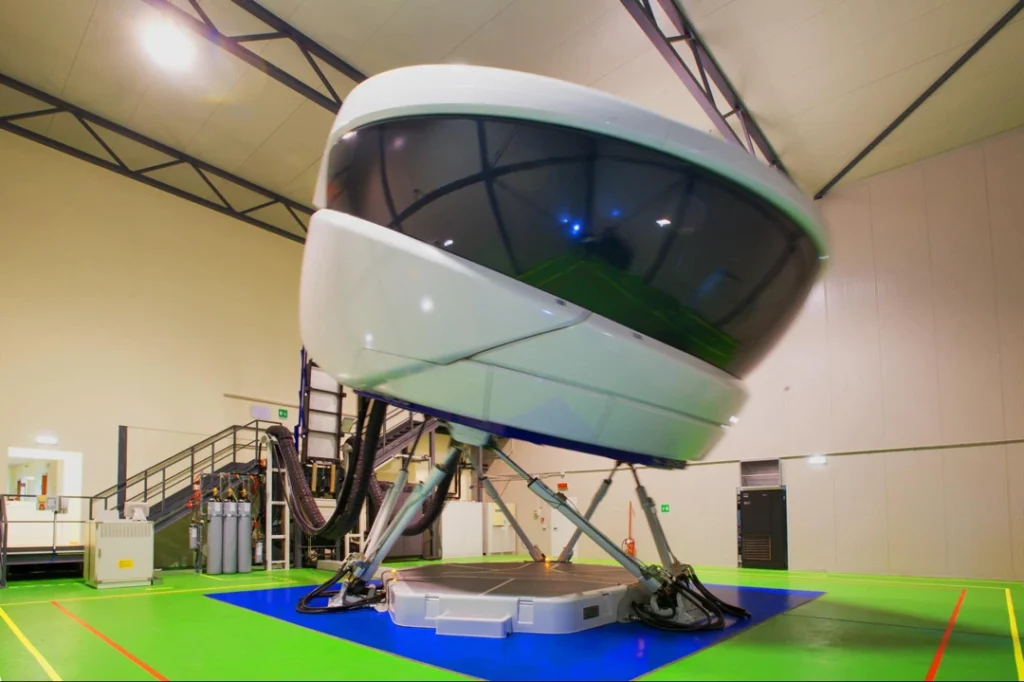Flight simulator training has gained significant popularity among aviation enthusiasts and aspiring pilots. As a flight training organization committed to providing the best possible training, Fly Around Alaska aims to explore the question: Is flight simulator training even close to a real-life flying experience?
In this blog post, we will examine various perspectives and sources to understand the benefits and limitations of flight simulator training compared to real-life flying.
Benefits of Flight Simulator Training:
- Exhilarating and Immersive Experience: Flight simulators offer an exhilarating and immersive experience, replicating the look and feel of an actual cockpit. They feature high-definition screens with realistic views, life-like flight controls, and instrument panels [1]. This level of realism allows pilots to extend their flying skills in a fun and interactive way.
- Realistic Weather Conditions and Control Sounds: Flight simulators enable pilots to experience various weather conditions and their impact on flight. This includes simulating turbulence, crosswinds, and other challenging weather phenomena [1]. Additionally, the simulators are equipped with authentic flight control sounds, enhancing the overall realism of the training experience.
- Guided Instruction from Certified Pilot Instructors: Many flight simulators provide the option to receive guidance from certified pilot instructors. These instructors are available to guide pilots through take-off, landing, and necessary maneuvers, ensuring a comprehensive and structured learning process [1].
- Cost-Effective and Convenient Training: Flight simulator training offers a cost-effective alternative to traditional flight training. It eliminates the need for expensive aircraft rental and fuel costs, making it more accessible to a broader range of individuals. Additionally, flight simulator training can be conducted from the comfort of one’s home or at dedicated training centers, providing convenience and flexibility in scheduling [2].
- Preparation for Real-World Flying: Flight simulators provide a valuable platform for aspiring pilots to gain familiarity with flight controls, instrument reading, and flight procedures. They help build confidence and enhance skills such as flight planning, ATC communications, and aeronautical knowledge [2]. Simulators also play a role in transitioning virtual flying experience to real-world flying, as highlighted by Gleim Aviation’s article [3].
Limitations and Considerations:
- Physical Sensations and G-Forces: While flight simulators provide a highly realistic visual and auditory experience, they cannot replicate the physical sensations and G-forces experienced during actual flight. The absence of these physical cues can impact the training experience, particularly in scenarios requiring precise control inputs and spatial awareness.
- Limited Environmental Interactions: Flight simulators may have limitations when it comes to simulating certain environmental factors. For example, the interaction of an aircraft with wind gusts, wake turbulence, or specific aerodynamic effects may not be as accurate as in real life. Additionally, the fidelity of the simulated visuals and terrain might vary across different simulators. Lastly, you’ll miss out on all of the beautiful scenery.
- FAA Approval for Logging Flight Hours: It’s important to note that flight simulator hours may not always be eligible for FAA logging purposes, depending on the specific training scenario and simulator type. Before embarking on flight simulator training, it’s recommended to consult with the appropriate regulatory authorities and flight training organizations to ensure compliance with certification and licensing requirements.
So Which is Better?
Flight simulator training offers numerous benefits and can significantly enhance pilots’ skills and knowledge. While simulators provide a realistic and immersive experience, they have limitations in replicating the complete physical sensations and environmental interactions of real-life flying. Therefore, while flight simulator training can be a valuable tool in pilot training, it should be complemented with actual flight experience to ensure a well-rounded and comprehensive training program.
At Fly Around Alaska, we recognize the value of flight simulator training as part of a broader flight training curriculum.
We offer a range of training programs, including off-airport training, survival training, and instrument and commercial ratings. Our goal is to make you a member of the safest pilots on the planet, combining the best of simulation and real-world flying experiences.
Contact us today to embark on your aviation journey and have an experience you’ll remember!
